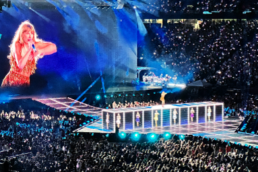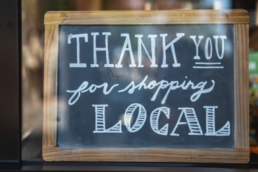drinking our own Kool-Aid + tons more trends
|
January 23, 2025
Grant funding, AI reqs, and 18 events (one you can’t attend). 💰🤖🚲
** Bright Bros. Bulletin ------------------------------------------------------------…
December 19, 2024
Your Final Bright Brothers Bulletin
September 5, 2024
Downtown Marketing Trends 2023 | Creative
February 10, 2023



















